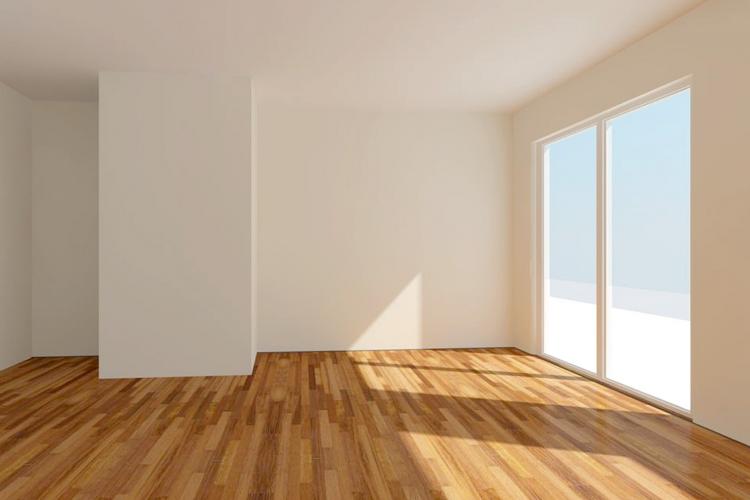
Working from home, traveling less, educating children from dining room tables, enrolling for classes online and streaming more entertainment: COVID-19 has caused residential energy usage to peak, especially in homes not as efficient as they can be.
In a time when homes double as offices, schools and safe places, energy audits are more important than ever. They are the first step to a more efficient, more comfortable and less expensive home. Largely due to the pandemic, many utility companies across the country have adapted to offer home energy audits completely virtually. This offers a risk free way for families to manage their energy use.
Benefits of Virtual Audits
Not only do virtual energy audits keep people safe, they are incredibly convenient and very efficient -- and increase customer engagement. Utilities can use their virtual platforms to recommend other programs throughout the process, creating more opportunities for energy and monetary savings. Contractors make fewer trips to the residence than are typically required to accomplish audits and follow-ups. Utilities and efficiency service providers thus report more cost-effective program operations since implementing virtual audits.
A full in-home energy audit comprises a series of diagnostic tests that reveal inefficiencies in the way a home uses energy. An energy specialist often uses a blower door test, duct blaster and/or infrared camera to understand where the home is losing energy, and administers a combustion safety test for certain heating equipment. With these diagnostic results, a list of recommendations is developed for the homeowner on how to make their home more efficient. Upgrades may include air sealing, adding insulation or replacing HVAC systems.
What’s The Process?
Virtual energy audits, by contrast, are essentially guided walkthroughs. During a 45 to 60 minute appointment via video chat, an energy advisor asks questions about the residents’ energy use, often requesting the phone or tablet camera be directed to view areas of the home, appliance labels, lighting fixtures and attic insulation levels. Tailored recommendations are then provided, and typically include information on rebates offered by the local utility company to discount any upcoming work.
Without concrete diagnostic testing, a virtual audit cannot replace the full audit; however, it is a worthwhile alternative for a time of elevated health concerns, an option that brings significant value to the process of saving energy.
Customers are crucial to every part of the virtual experience and are involved in every step of the assessment. The hands-on experience presents an excellent educational opportunity for homeowners to learn from an energy efficiency professional in a one-on-one setting.
Get Yours Today
Find out if your utility or energy efficiency service provider offers virtual energy audits. Visit their program website or see below for examples in the Midwest.
Minnesota - Xcel Energy
Xcel Energy’s Home Energy Squad program is now offering free virtual home energy visits to all residential customers. The visit is designed to help homeowners discover low-cost energy saving opportunities within their homes. After the consultation, customers may be able to schedule an in-home visit to receive free, energy saving products along with free installation.
Missouri – Ameren Missouri
Ameren Missouri’s Real Estate Audits program offers a free Home Energy Self-Assessment to all residential customers. Instead of a virtual audit appointment, the assessment is self-guided. The homeowner follows instructions on a worksheet and completes the fillable PDF. Upon receiving the submission, the utility issues a tailored list of recommendations, including information on relevant rebates. Homeowners who complete the Home Energy Self-Assessment receive a $50 incentive for their participation.
Illinois – ComEd
ComEd is currently offering a virtual version of their popular Home Energy Assessment program. During the walkthrough, an energy advisor collects information about the home’s energy use by looking at the heating and cooling systems, water heater and appliances. After the appointment, the advisor provides personalized recommendations identifying additional ways to save energy and money.